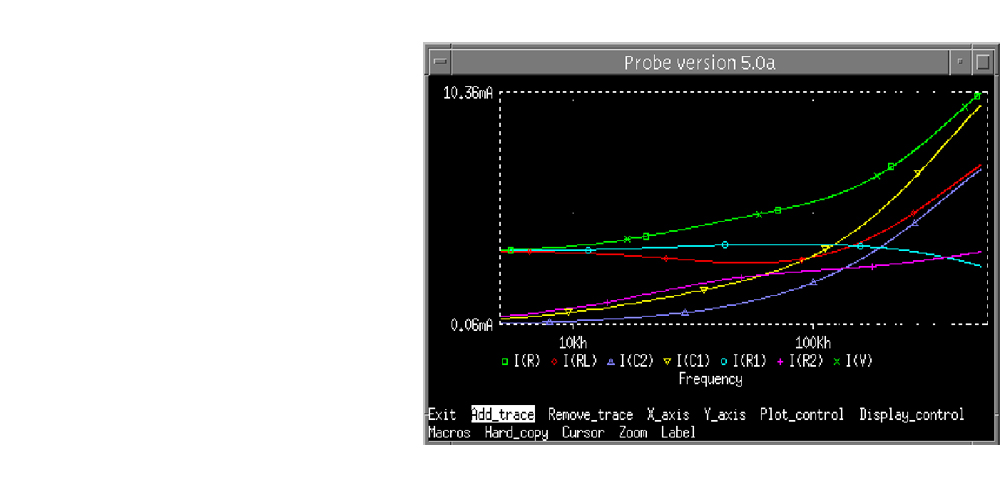PCB design teams need fast and reliable simulation to achieve convergence. Cadence® PSpice® simulation technology offers a single, unified design environment for both simulation and PCB design. With integrated analog and event-driven digital circuit simulation, teams benefit from improved speed without sacrificing accuracy. Using advanced analysis circuit analysis software, designers can automatically maximize the performance of circuits.
PSpice SPICE simulation technology combines industry-leading, native analog and mixed-signal engines to deliver a complete circuit simulation and verification solution. It meets the changing simulation needs of designers as they progress through the design cycle, from circuit exploration to design development and verification. Designed for use in conjunction with PSpice A/D, PSpice Advanced Analysis helps designers improve yield and reliability.
Customers of all sizes and in various industries all over the world are using PSpice SPICE circuit simulator today to simulate the circuits to find and fix design issues before the designs go to the manufacturer. With this powerful circuit simulation and analysis environment, engineers can be confident that circuits function as intended and the tolerances specified are correct. This confidence leads to increased manufacturing yield, fewer prototypes, less time spent in the lab, and ultimately a reduced cost of the product, thereby increasing the potential profit.

CalTech graduates, Wolfram Blume and Paul Tuinenga, co-founded MicroSim as CEO and V.P. of Technology, respectively.

Developed to run on the first IBM PC, PSpice technology is initially released in 1984. “P” stands for Personal Computer (PC). PSpice was the first commercial offspring of Berkeley SPICE to run directly on the PC platform

PSpice Probe, a waveform viewer module, was added when PC VGA graphics became available. Probe enabled users to view simulation results interactively and in high quality. Also, many other key enhancements were added to PSpice including nonlinear Jiles/Atherton core model, ideal switches and proprietary IGBT model.

A zero cost (but node-limited) student version is first introduced in 1988. From then, PSpice technology became truly ubiquitous in the electrical engineering academic and industrial communities.

In January 1998 MicroSim was acquired by OrCAD, which itself was subsequently purchased by Cadence Design Systems in July 1999.
Copyright © 2024 Cadence Design Systems, Inc. All rights reserved.
